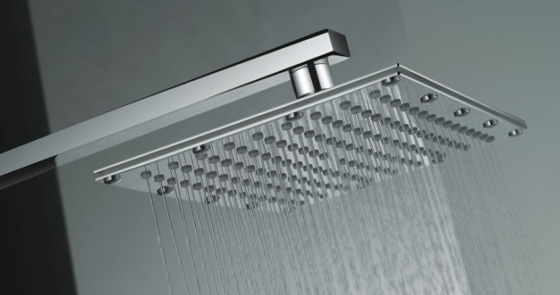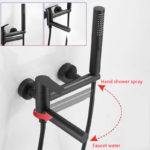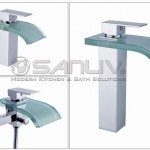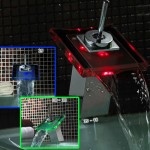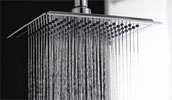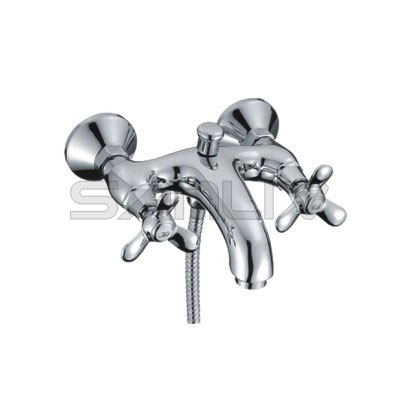Fix the Flow of Your Waterfall Bathtub Faucet – Waterfall tub shower faucets can add an element of sophistication to your bathroom and create a spa-like atmosphere. Waterfall tub faucets are available in multiple finishes, and switching to a waterfall tub faucet is rather easy and should not require a plumber.
However, one of the top complaints about waterfall tub faucets is that they take a long time to fill a tub because their flow can be very slow. The flow of any faucet is restricted by law to 2.5 gallons per minute, and it is not recommended that you remove the flow restrictor as this will increase your water bill and waste the water. Try these other options instead.
Step #1: Check for Leaks
If you have low flow, you may have leaks in your pipes throughout your house. Checking for leaks is a necessary part of any home maintenance plan. Start by turning off the water to each faucet and/or tub in your house. This should be done locally and not by shutting off the water to the entire house.
Next, check your water meter. This will require a few hours. As a result, it is a good idea to turn the water off when you have an errand to run that takes around 2 hours. When you return home, check your meter again. You should not see a significant amount of water used in this period of time. If you are using water when all faucets and tubs are turned off, you have a leak. It may be time to call in a plumber if this is the case. A plumber should be able to localize the problem.
Step #2: Clean the Screen
If you do not have a leak, it is possible your faucet screen is clogged. Most bathroom faucets come with a small screen inserted in the head of the apparatus. If sediment, dirt or soap scum is trapped in this screen, it can decrease flow.
Start by removing the faucet. You will want to do this carefully so you do not damage the finish on your waterfall tub faucet. It will likely be held on by some screws in an escutcheon, a fancy name for a face plate. Be sure to remove all the parts carefully. Close the drain first to avoid losing any small pieces.
Once the faucet head is removed, you should be able to look inside and see a small screen inset in the apparatus. You can remove the screen with a set of needle-nose pliers or a screw driver. Simply pop it out of place. Run the screen under warm water. Use a toothbrush to do a detailed cleaning if necessary.
When you are done, water should pass through the screen easily. Place the screen back in the waterfall tub faucet. If there was an obstruction, it should now be cleared.
Step #3: Check the Type of Faucet
If the other steps do not fix the problem, you are likely in a low-flow zone. This may be because you are near water or in a drought area.
In this case, you will need to research which types of faucets are recommended in your area. Ask at a local hardware store if there is a type of faucet that will increase your flow.
Waterfall tub faucets are not always the best option as they are frequently low-flow. However, you may be able to locate a waterfall faucet that will still boost your water pressure.






